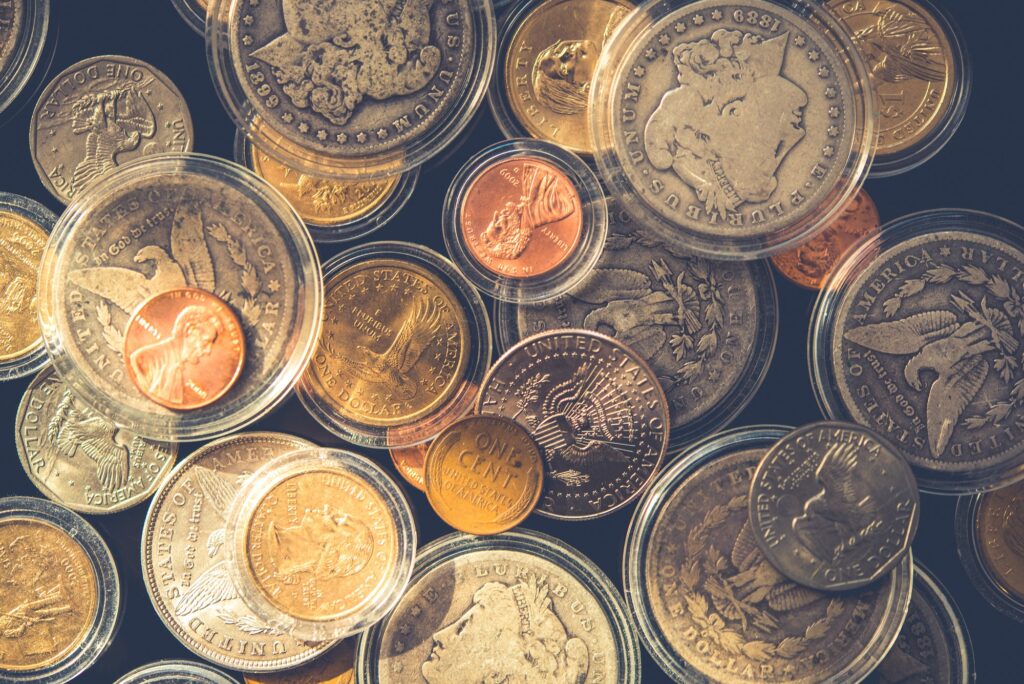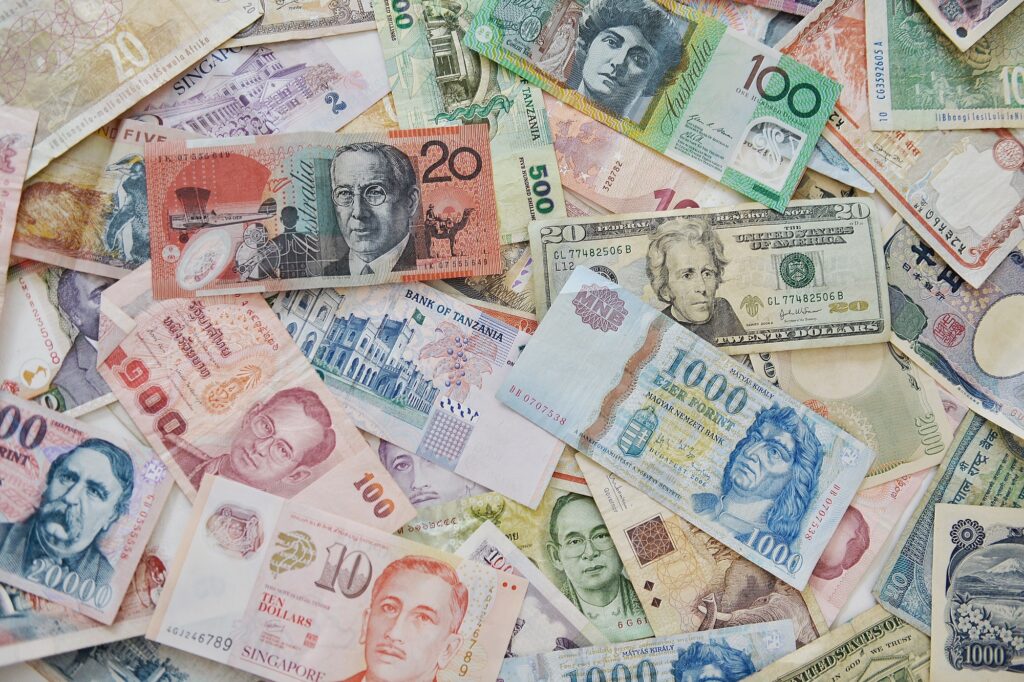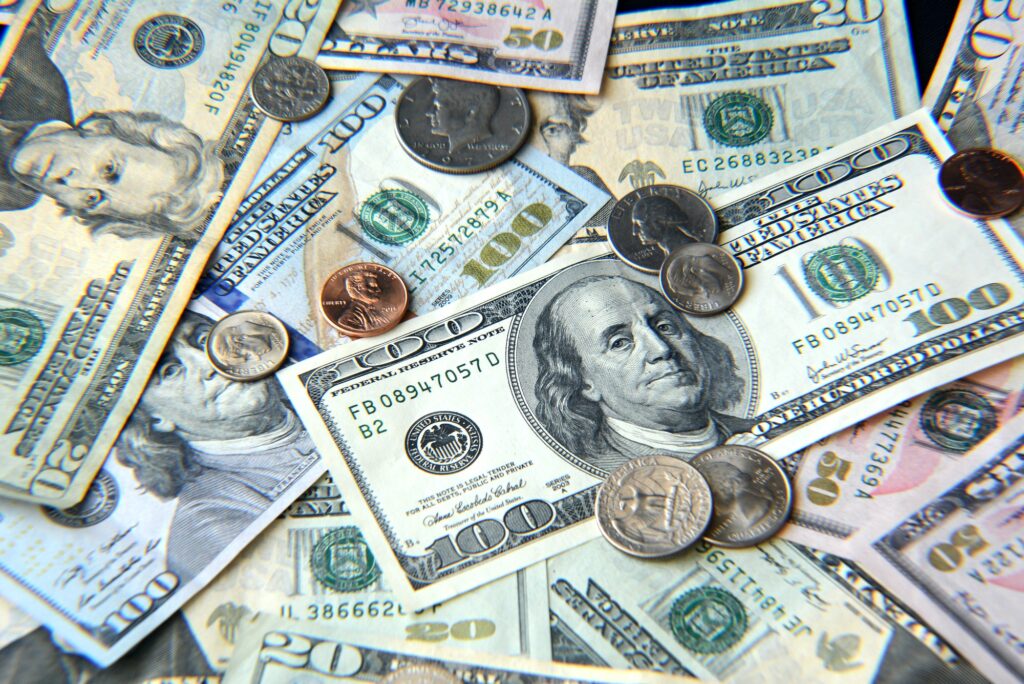It is impossible to predict the macro zeitgeist in real time as a global political event of such seismic importance unfolds before my Bloomberg screen. So I go all cash and fly to Munich not to seek peace in our time but to revisit loony King Ludwig’s Bavarian Gothic fairy tales castles, the cafes of Schwabing/Marienplatz and visit Garmisch with my liebe Hausfrau. There will be a bloodbath in global finance in the next six months. Why? Bank credit default swaps suggest a rise in funding risk. This is Lehman all over again, only worse.
Note Brexit crude oil fell 5% on Brexit. The cost of bank risk will skyrocket in a world where Barclays and RBS shares can fall 20% in a single session. Is this negative for GCC banks, the largest component of regional stock markets? Is the Queen of England English (well, she is genetically German, thanks to Empress Vicky and Prince Al, the bearded dude on the big chair in Hyde Park!).
Defensive sectors? Note UK education publisher Pearson PLC rose 2%. So did Swiss pharma Novartis. Gold? If you are lucky enough to get a profit taking move down to $1310 for new money. It makes total sense to short Tesco with its huge sterling revenues but buy Carrefour, now 7% cheaper even though it has no real sterling revenues. Vive la France, vive MAF Holdings, vive Carrefour!
The real winner of Brexit? Boris Johnson, possibly the next Old Etonian Prime Minister. Donald Trump scored the marketing coup of the millennium by making sure he opened a Scottish golf resort on the day Brexit shook the sceptered isle, this green and pleasant land.
The Chicago Volatility Index has soared 32%, a compelling argument to sell put options on devastated UK banks. Why not Barclays New York ADR, down 30% overnight, a screaming option strategy. Jes Staley was one of the smartest investment bankers of my generation at J.P. Morgan and he will turnaround the 300 year old Quaker bank Bob Diamond’s LIBOR rigging banksters destroyed. Dividend cut? Yes. Gulliver’s travels? Futile since HSBC shares have been such a disaster despite $100 billion in write offs, legal fines, 80 business exits, a $109 billion Mexican money laundering fine, 50,000 payroll cuts, the $5 billion sale of HSBC Brazil to Banco Bradesco. Profit warning? Yes.
I have done my best to hedge global macro risk in 2016 by recommending (table pounding!) the most shunned, least foreign owned emerging market in Asia – Pakistan. This is a local play since the biggest holders of Pakistan sovereign Eurobonds are Khoja financiers of Zurich and the Gulf, not the big EM leemings in the City, New York and Singapore (Aberdeen Wallah!). Friends who trusted me on Pakistan lucked out in the best performing stock market in Asia or Europe in 2016. Bull market zindabad! Christmas came early on McLeod Road in Karachi.
I was horrified that so many Gulf family office and institutions have this touching faith in London property even though it is among the most overvalued bubbles on the earth. I have made no secret of my investment thesis on Makkah Umra hostels, an asset class immune to Brexit risk or even the Saudi credit cycle. To exploit a no brainer asset class it is unfortunately necessary to possess a brain, as some of the biggest and smartest families and institutions in the GCC know all too well.
Fund managers shares should be shorted Hundreds of billions of retail money will flee asset managers in US, Europe and, yes, the GCC. Bear markets are savage and merciless. I know. I barely survived several in my own life. How will UK fund managers sell funds on the Continent? Paybacks in Finanzplatz Frankfurt and the Ville Lumiere are being plotted against the City even as I write. Who to short? Notice Invesco fell 10% on Friday. Get real. Get out. A UK asset management platform is no leprosy due to Brexit. Outflows will escalate. Fees will shrink. Markets abroad will vanish. Balance sheets will tremble. Index funds will fail. Firms will die. Private equity firms? A screaming short, with both black stones and black rocks.
The markets assume the European project will unravel. Why else is London down 3% but Italy and Spain down 12 – 14% as I write. There are existential threats to the Euro with the elections/referendum this autumn against the regimes of Rey Manuel and Matteo Caesar, the coolest Florentine to rule Bella Italian since Lorenzo de Medici. If Italy/Spain exits, Monnet’s dream ends. Global equities then fall 50%, as they did in 2008 and 2001.






